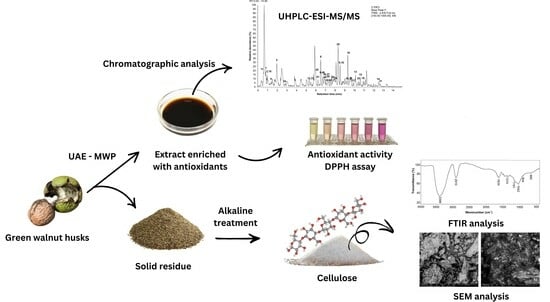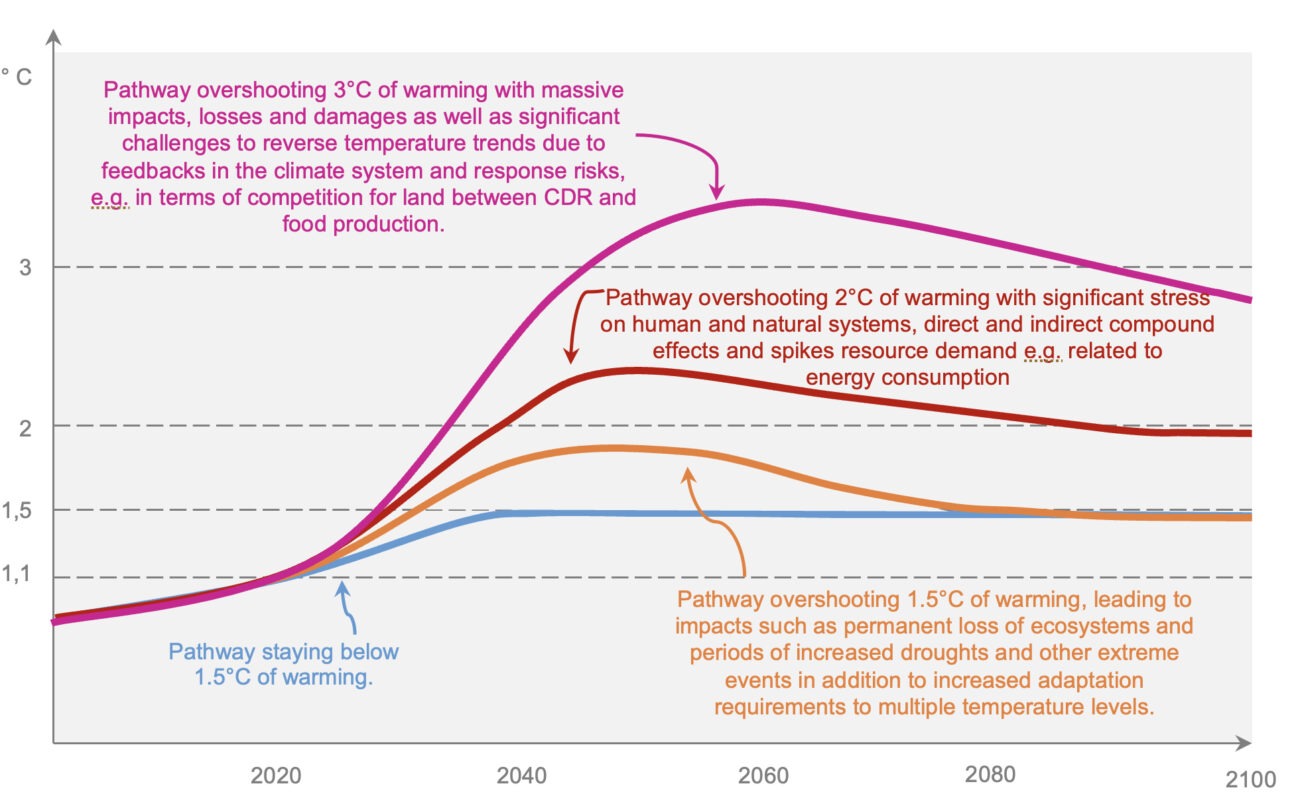Foods, Vol. 14, Pages 409: Extraction and Characterization of Antioxidants and Cellulose from Green Walnut Husks
Foods doi: 10.3390/foods14030409
Authors:
Ivan M. Savić
Ivana M. Savić Gajić
The ultrasound-assisted extraction process with microwave pretreatment was modeled and optimized to maximize the yield of antioxidants from green walnut husks using a response surface methodology with Box–Behnken design. In this design, the ultrasound-assisted extraction time (10–40 min), ultrasound-assisted extraction temperature (40–60 °C), and microwave pretreatment time (20–60 s) were selected as the factors, while the total antioxidant content was defined as the response. The solvent of choice for extracting antioxidants was 50% (v/v) ethanol. After optimization using the desirability function, an ultrasound-assisted extraction time of 23 min, ultrasound-assisted extraction temperature of 60 °C, and microwave pretreatment time of 60 s were proposed as the optimal conditions and their validity was verified. Under these conditions, the experimentally determined total antioxidant content was 3.69 g of gallic acid equivalent per 100 g of dry matter. In addition to phenolics, UHPLC–ESI–MS/MS analysis indicated the presence of lipids, quinones, terpenoids, and organic acids in the extract. After the antioxidant extraction, the solid residue was further processed to isolate cellulose in line with the concept of sustainable manufacturing. The structural characterization and hydration properties of cellulose were analyzed to identify its key features and assess its potential for value-added applications. The results demonstrate that green walnut husks are a valuable and cost-effective agro-industrial byproduct for extracting antioxidants and isolating cellulose. This aligns with the principles of a circular economy and the sustainable production of natural compounds.
Source link
Ivan M. Savić www.mdpi.com



